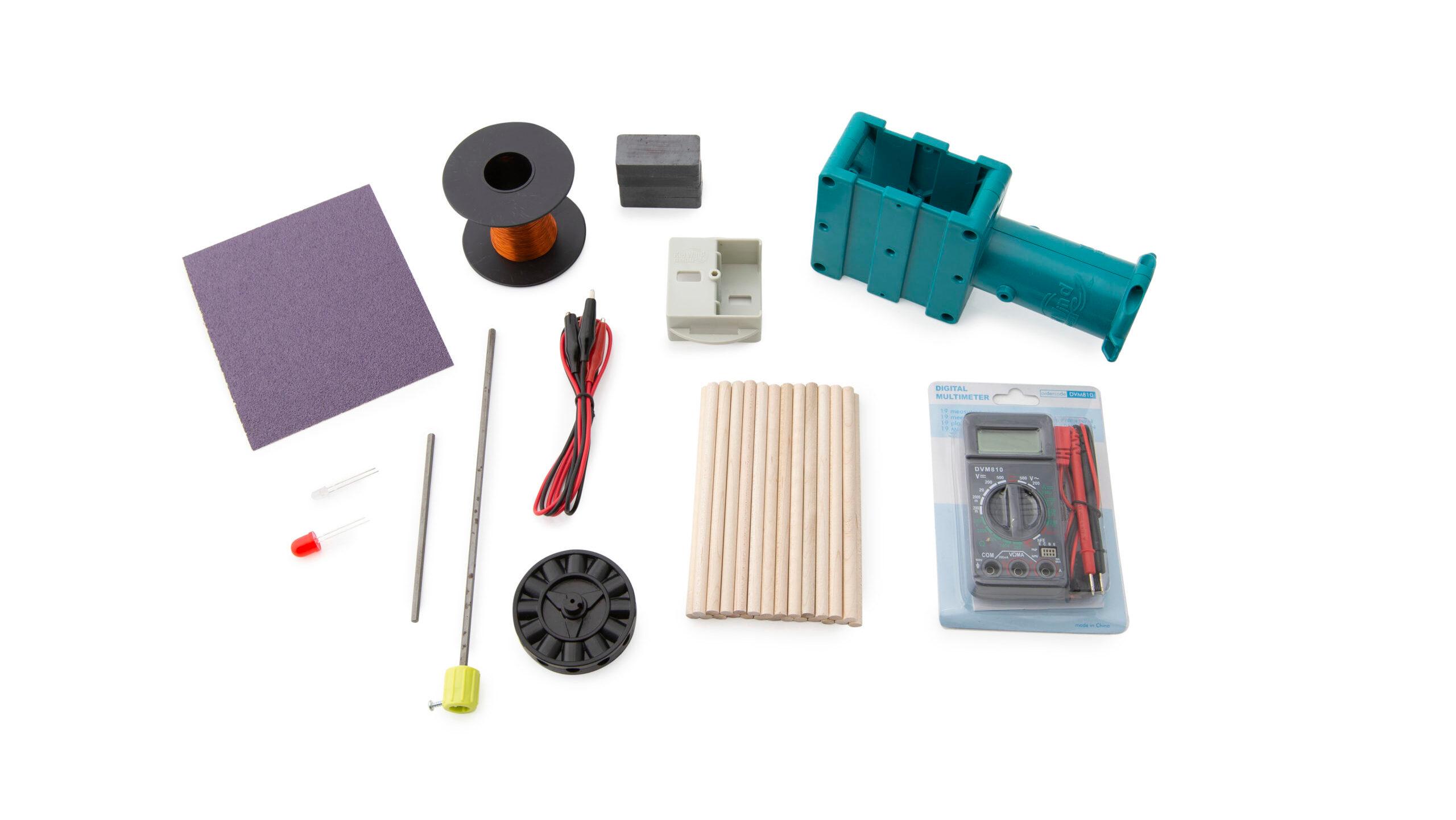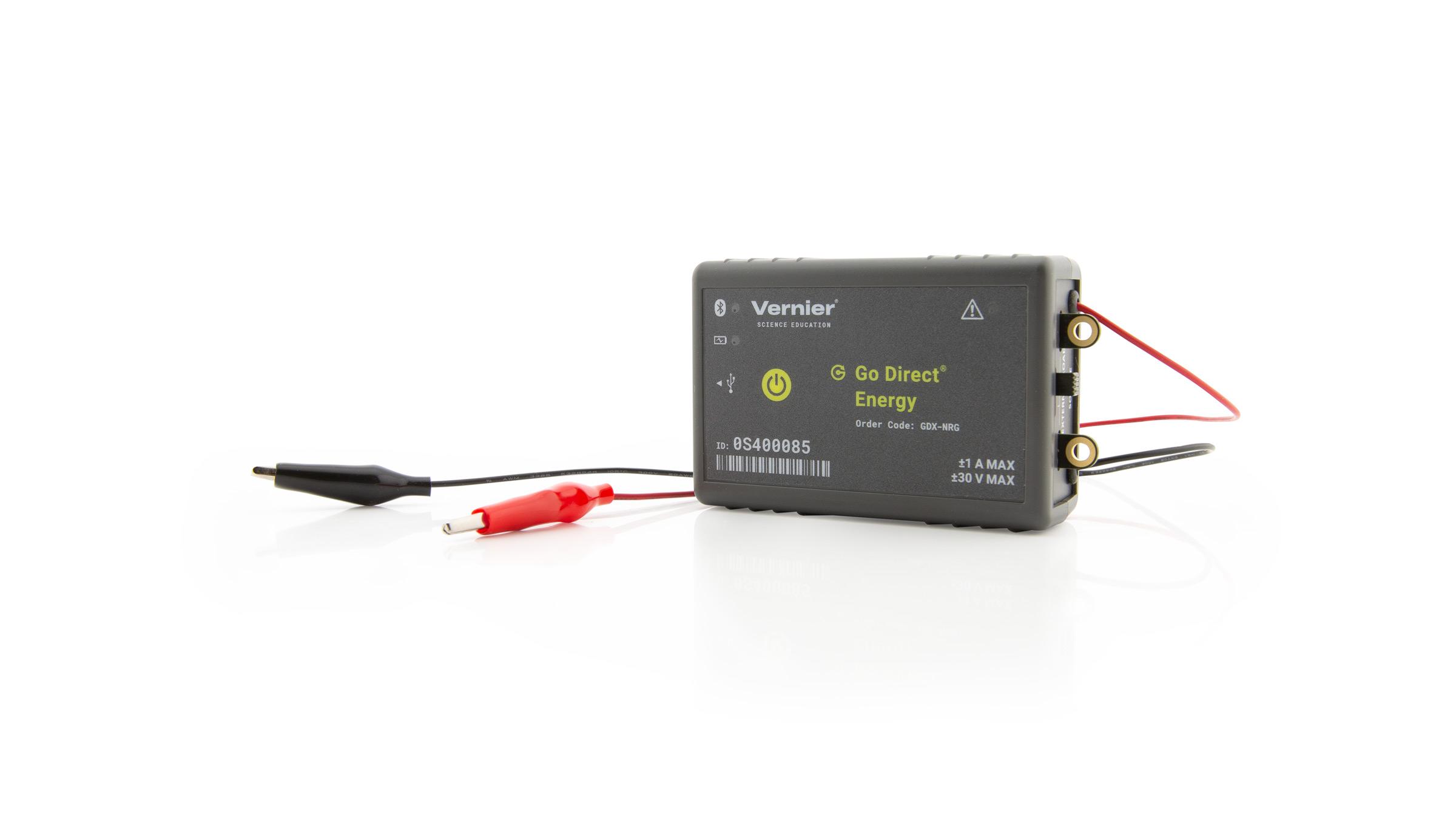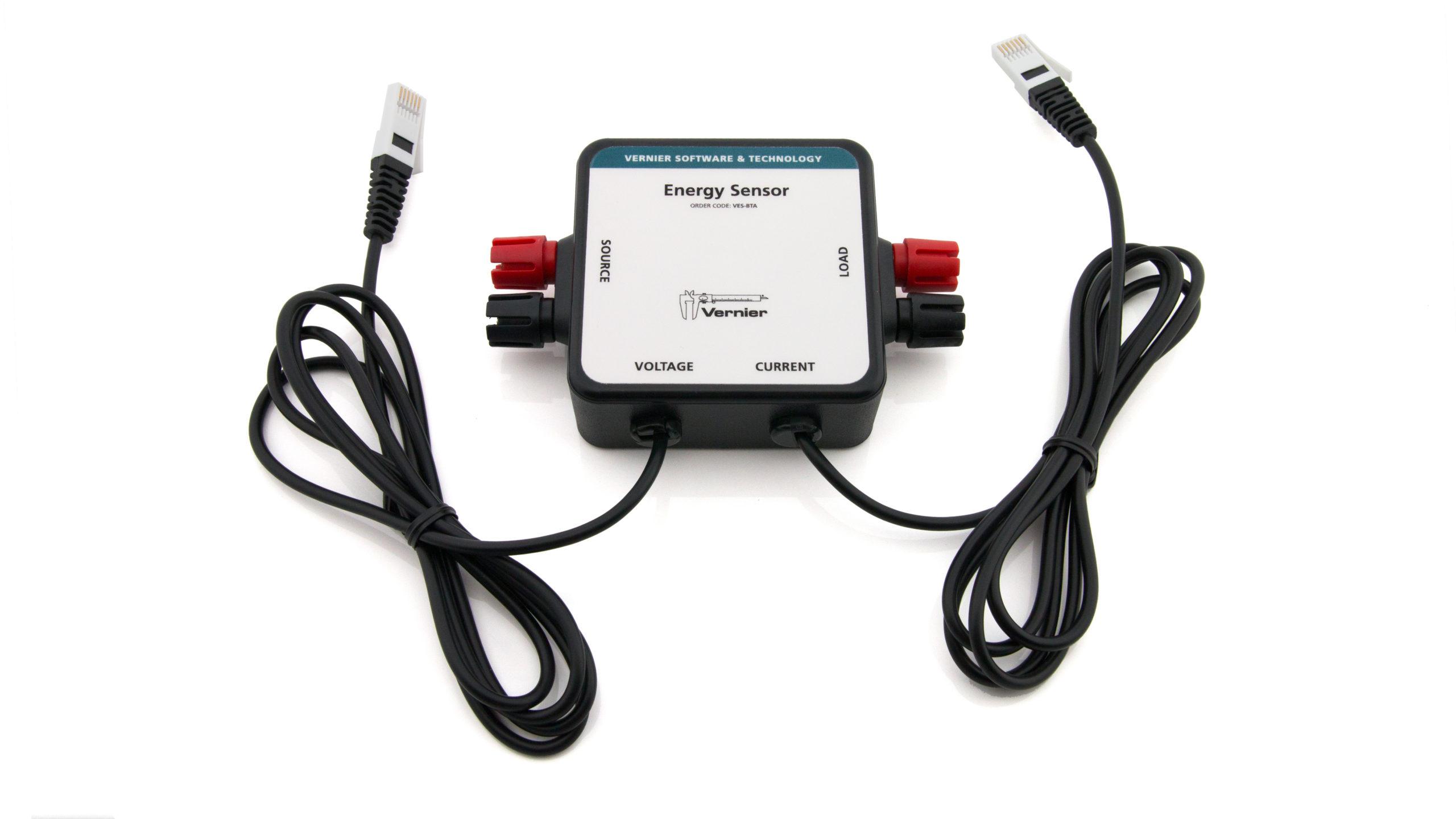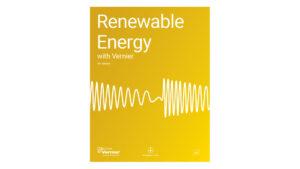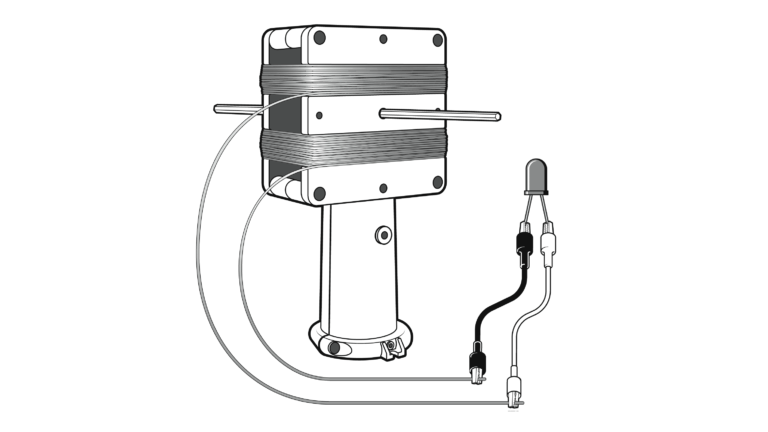
Introduction
How is electrical energy made? Electricity is seen in nature on a large scale as lightning, but lightning is not “harvested” to light buildings, run air conditioning, or power computers and mobile devices. Instead, electricity has to be generated by converting it from another form of energy.
A device called a generator is often used in the process of converting energy from one form to another. Generators can vary in size and shape, but all generators are composed of a few essential parts: a coil of wire, one or more magnets, and a frame to hold everything in place. To produce electricity, the generator is designed so the magnet and/or coil moves (either the coil is stationary and the magnet moves, or the magnet is stationary and the coil spins).
In this activity, you will build a your own generator and then explore how different variables affect how much electricity you can produce.
Objectives
- Generate electricity using magnets and coils of wire.
- Compare the voltages produced by spinning magnets within different numbers of turns of wire.
Sensors and Equipment
This experiment features the following sensors and equipment. Additional equipment may be required.
Ready to Experiment?
Ask an Expert
Get answers to your questions about how to teach this experiment with our support team.
- Call toll-free: 888-837-6437
- Chat with Us
- Email support@vernier.com
Purchase the Lab Book
This experiment is #7 of Renewable Energy with Vernier. The experiment in the book includes student instructions as well as instructor information for set up, helpful hints, and sample graphs and data.

